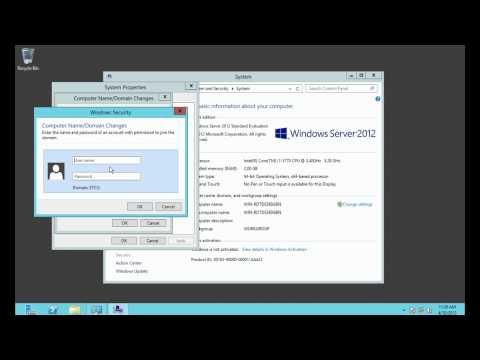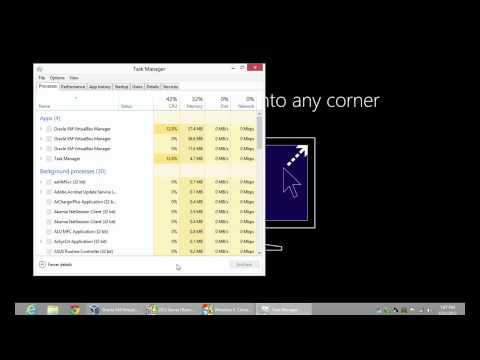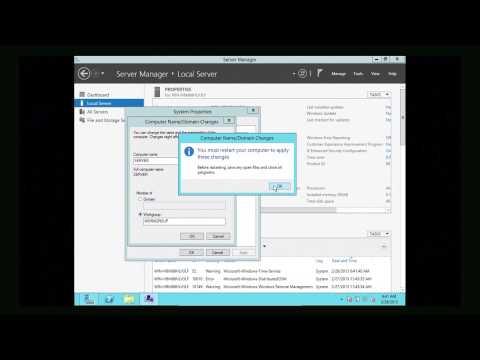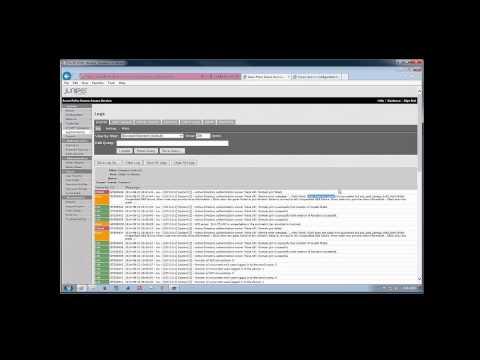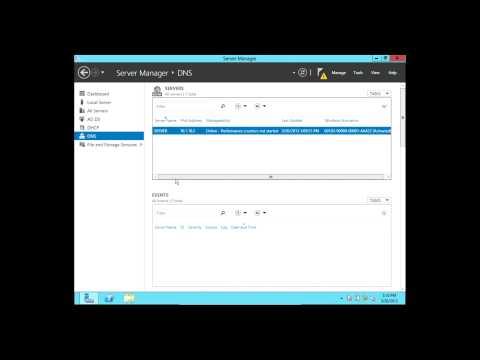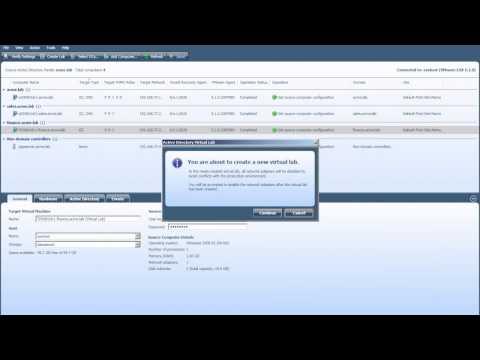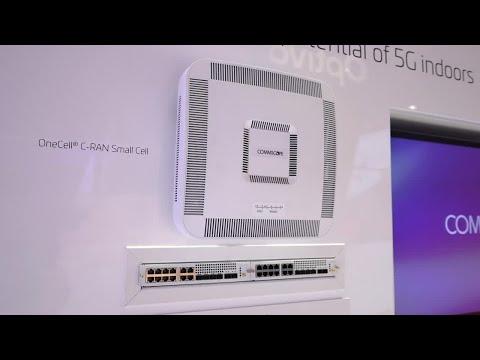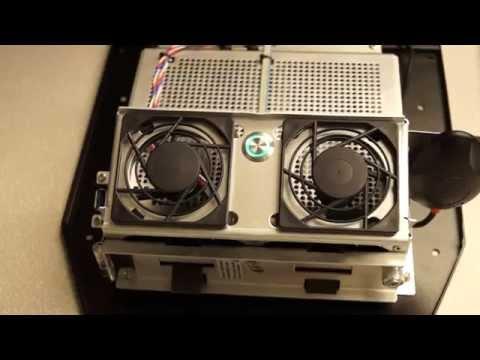Introduction To Active Directory Infrastructure In Windows Server 2012
Description
Info
Level: Intermediate
Presenter: Eli the Computer Guy
Date Created: February 25, 2013
Length of Class: 38:56
Tracks
Windows Server 2012
Prerequisites
Introduction to Windows Server 2012
Purpose of Class
This class teaches students the basic concepts in building out Active Directory Infrastructure for Windows Server 2012.
Class Notes
DC's or Domain Controllers are the server that control the Active Directory Service
Domains are made up of Domain Controllers and Member PC's and Servers.
There can be multiple Domain Controllers in a Domain for fault Tolerance and Load Balancing.
DC's keep data synchronized through replication.
The schedule for replication is called the "replication strategy".
DC's can be grouped into Sites. Sites are comprised of Domain Controllers located at the same geographic location.
Sites are used to reduce bandwidth consumption used due to Replication.
DC's are normally set to be Read/ Write. For security purposes you can make DC's Read only.
Read Only DC's are used at Remote Offices to lessen the danger of Hacking.
Sites are connected through Site Links
Sites can Replicate Through Site Link Bridges. Site Link Bridges are kind of like routers for replication.
Global Catalog Servers store searchable Indexes of the Active Directory database. There should be at least one Global catalog server at each site.
It is best to use Microsoft's built in DNS Server on a Windows Server 2012 network. You can use a Unix DNS Server, but...
WINS (Windows Internet Naming Service) was Microsoft's attempt to compete with DNS. You will rarely ever see it, but if you have very old legacy systems you may need to create a WINS server.
Using Microsoft's DHCP Server is usually the best bet on a Windows Domain.
Using Windows DNS and DHCP allow for multiple servers for fault tolerance and increased security.




